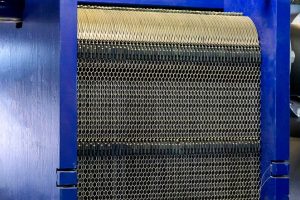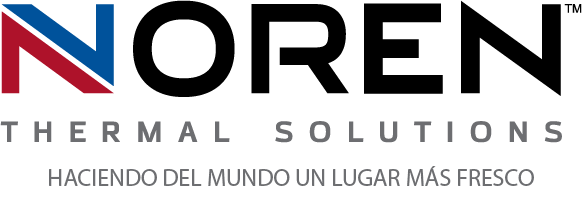 As technology evolves, its thermal management needs often become more intense. Yet, rather than utilizing more powerful, air-chilling techniques to meet their needs, many technology designers and the companies that use their solutions have found more efficient cooling in simpler, more natural methods. For example, modern heat exchangers, which have grown increasingly more popular over the years, use one or a combination of natural thermal management methods to cool electrical enclosures and other applications. Though simpler than traditional methods that rely on chilled air, the ways in which heat exchangers achieve electrical cooling are often able to perform much more efficiently.
As technology evolves, its thermal management needs often become more intense. Yet, rather than utilizing more powerful, air-chilling techniques to meet their needs, many technology designers and the companies that use their solutions have found more efficient cooling in simpler, more natural methods. For example, modern heat exchangers, which have grown increasingly more popular over the years, use one or a combination of natural thermal management methods to cool electrical enclosures and other applications. Though simpler than traditional methods that rely on chilled air, the ways in which heat exchangers achieve electrical cooling are often able to perform much more efficiently.
The heat transfer principles of heat exchangers
Modern heat exchangers can utilize a variety of heat transfer methods to achieve the electrical cooling needed for any given application. For example, phase-change cooling involves utilizing a cooling fluid to absorb and transfer heat by allowing it to evaporate. Natural and forced convection allow a cooling fluid to flow easily one way or another, depending on its density. The hotter the fluid, the less dense it becomes, and vice versa. Conduction involves the transfer of heat from one material to another, which can help promote greater heat absorption and transfer across larger surfaces.
Utilizing the most effective methods
For heat exchangers to effectively cool any given application, they can be designed using the most appropriate heat transfer methods. For instance, cold plate heat exchangers, which consist of custom-machined cold plates, can utilize conduction to transfer heat from the surface of the metal plates the cooling fluid flowing within them. Then, convection can rapidly force the heated fluid to flow to a heat depository to dissipate it.
The advantages of using heat transfer techniques
Within modern heat exchangers, the ability to utilize one or more heat transfer methods to keep electrical enclosures cooled translates to a wealth of benefits for the companies that rely on them. For example, transferring heat doesn’t require machinery that needs large amounts of energy run, such as air conditioners. Therefore, they don’t require as much energy, nor do they need maintenance as frequently. This can lead to a wide range of cost savings, as well as improved efficiency and productivity for companies in nearly every industry.
For more information about natural but high-performance thermal management with heat exchangers, call Noren Thermal Solutions in Taylor, TX, at 866-936-6736.







